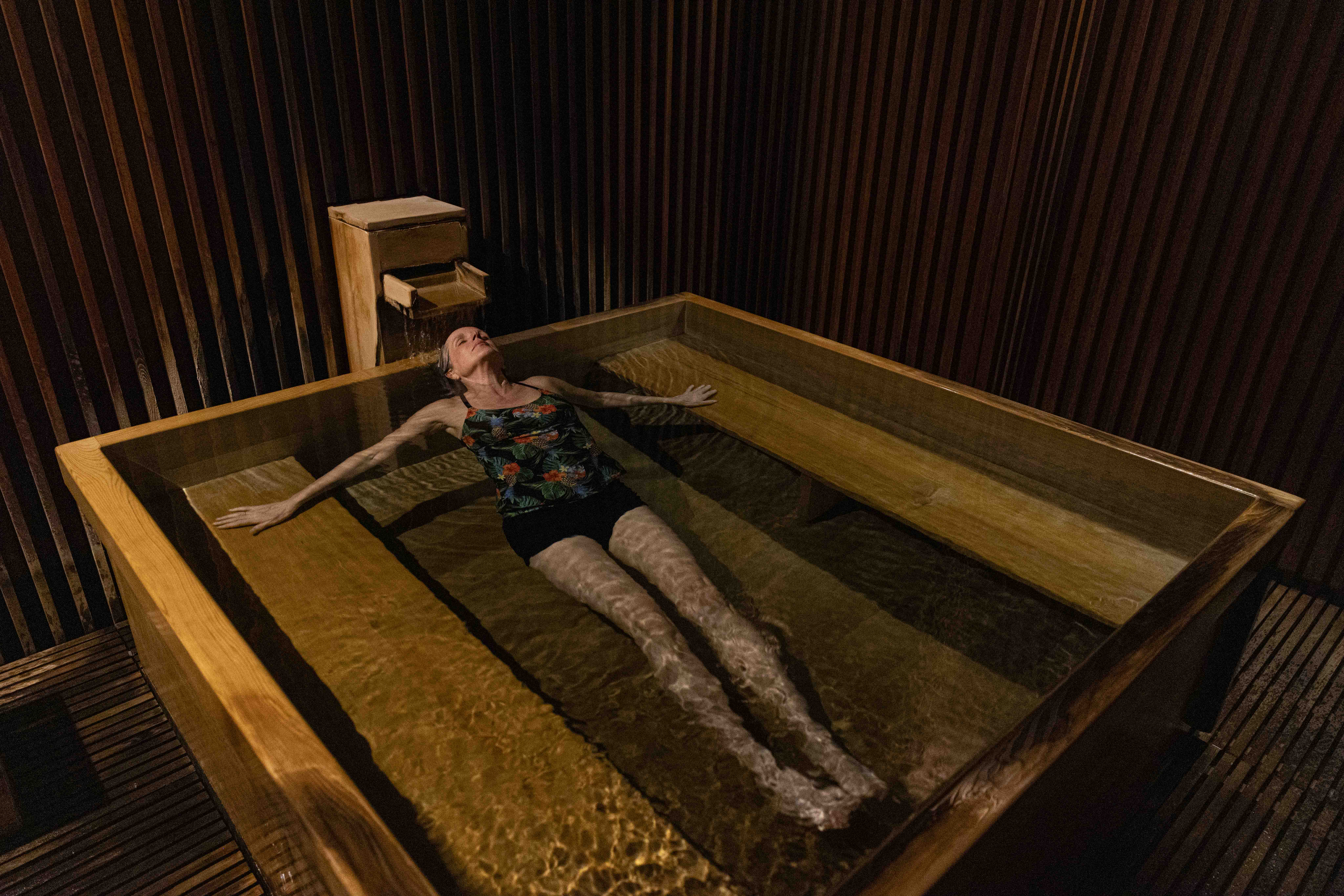Photographs by Andrea Fiumana
The term “science of sleep” sounds like an oxymoron. I picture rows of hospital beds, the subjects wired up in a laboratory all night, white-coated somnologists in an observation room poised to… what? Nuke mutant genes? I am sure this is not what a new Deep Sleep retreat in Emilia-Romagna, northern Italy, has in store for me. But it offers a sleep assessment test, an epigenetic hair follicle test and a bioimpedance analysis, so what do they have planned for me, a serial insomniac?
Then again, the promise of body treatments, guided relaxation with “binaural waves” and a music therapy pool suggests I’ve signed up for a benign wellbeing break. Nature, such a fashionable offering nowadays, comes with bells on: there’s nature therapy – whatever that is, I already look forward to it – in the ornamental gardens. They are among the finest in Italy, I hear, a part of the 600-hectare grounds of the Palazzo di Varignana in the hills near Bologna.
So, is this just a luxurious break in a gorgeous setting, where you are so pampered and relaxed that you can’t help but sleep well? Or is there something more? As someone with a chequered sleep history, familiar with sleep-hygiene techniques, the importance of what you do in the daytime, the self-acceptance, the mindfulness – you name it, I’ve tried it – I’m curious about adding science into the mix. Can sleep – or, at least, the body doing it, or failing to – really be studied and measured? And, if so, can the results help master it?
Sleep-hygiene techniques, the self-acceptance, the mindfulness – you name it, I’ve tried it
I pick out the bits that look the most interesting and the most lovely with help from Wellbeing Escapes, and get to the 18th-century palazzo at 8pm, the time my wind-down routine usually begins. Determined to avoid the carb and sugar-dominant offerings en route – a sure-fire precursor to a short night – I have requested “something light” for my arrival. In the Ginkgo restaurant, named after one of the world’s oldest living tree species and resplendent with leafy plants, both real and painted, I’m served a series of exquisitely artful dishes.
Each is topped with edible flowers: an amuse-bouche of shreds of asparagus, droplets of passion-fruit coulis and sprinklings of black-olive powder, a thick and creamy broccoli soup and a substantial chard roll in pea velvet. Not a carb or sugar granule in sight. I am sated, but not stuffed. It’s a promising start.
Back in my room, I giggle at the “pillow menu”, sinking my head on to the dreamy Sleep & Glow.
I wake up a full seven hours later. Result! Was it the light meal before bed? It can’t have been the pillow. Was it being away from home? Whatever the reason, I am ready to try whatever the day brings to get me to another night like it. It starts – as every day will – with a “longevity and antioxidant” drink flavoured with pineapple, in which the bromelain breaks down proteins.
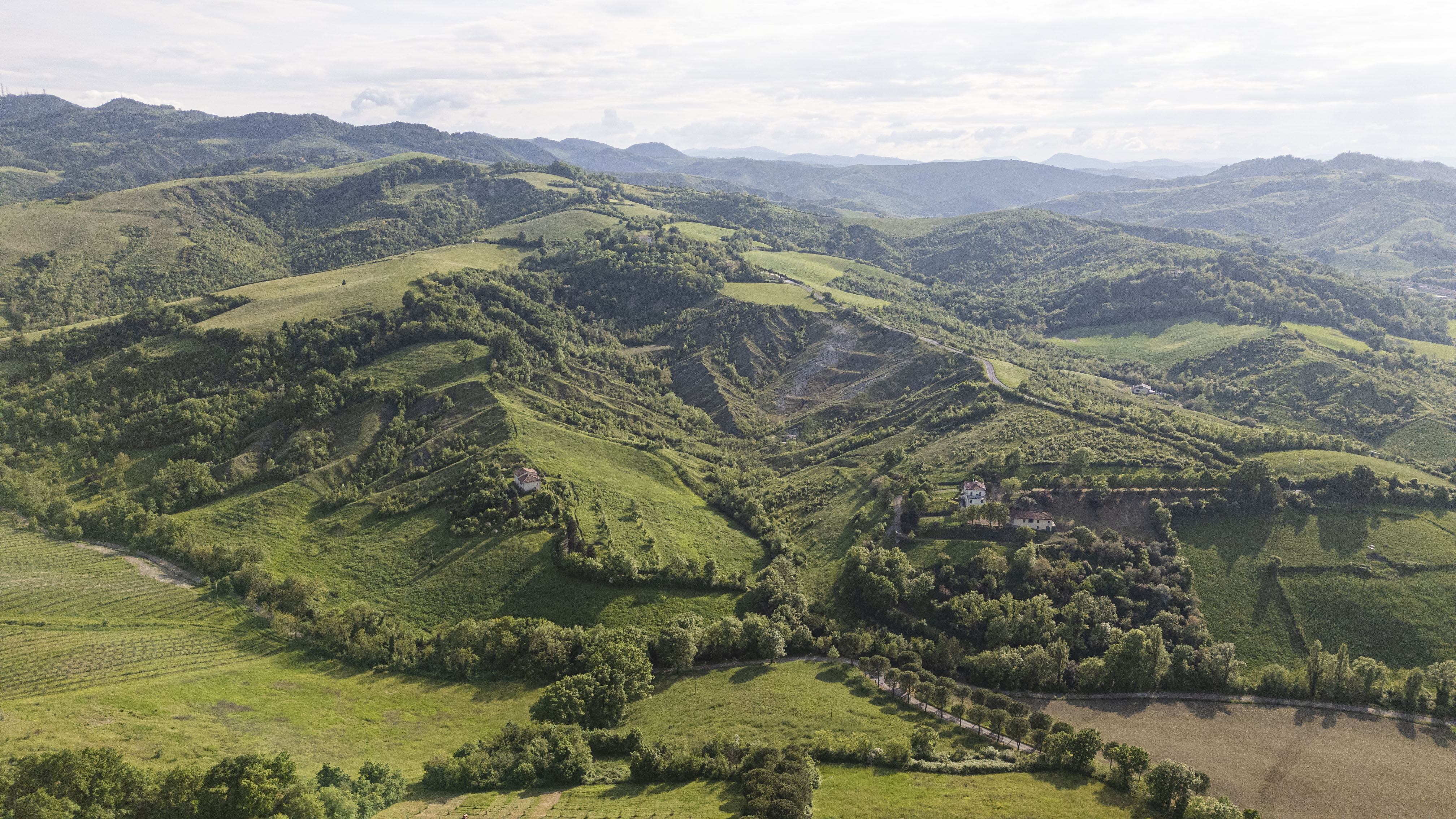
My first treatment of the day is a personalised yoga session with Alfredo, whose meditative commentary takes my attention into my body. He adjusts my asanas, or postures, guiding me to use the muscles surrounding any aching joints, in particular my “bulocks”, the “t”s of “buttocks” lost in his Italian tones, and my “ties”.
I’m invited on to the “Royal Train” – a restored 1921 dining carriage set in the grounds – for the start of my “transformative journey”. The deceptively Barbie-like Annamaria Acquaviva, who designed the retreat, is there to greet me. She serves herbal tea and deliciously light gluten and sugar-free blueberry macaroons, and outlines her philosophy for a “health revolution”, which is also the title of her book on the five pillars of wellbeing.
She is known as “the doctor” at the palazzo. It turns out that in Italy you are entitled to call yourself that if you have a degree and she has two, one in pharmacy and one in dietetics. For her, the “five pillars” of a healthy life are nutrition, inner balance, physical activity, sleep and food supplements/cosmetics.
She asks me about my sleep, so I tell her I began waking at 2, 3 or 4am, and would be wide awake for hours, when I was pregnant with my first child, 27 years ago. I’ve tried many things, most of which help for a while, in particular the Effortless Sleep Method, which I followed seven years ago, but the intermittent sleeping still occurs.
My current understanding of my sleeplessness is that it’s related to developmental trauma and being left alone, particularly at night, as a baby and child, by parents with their own trauma. The fear I feel, I tell Annamaria, is totally out of proportion to whatever is occupying my mind. Knowing this and feeling calm and rational about it during the day does not stop the fear from finding me at night.
Annamaria delivers a sympathetic and eloquent monologue on positive thinking: don’t take the events of the day too seriously, say a gratitude prayer, that sort of thing. I bite my lip and reassure her there is nothing in what she is suggesting that I don’t already practise. I tell her about Bessel van der Kolk’s book, The Body Keeps the Score, and how, after years of working on my mind, this helped me understand the relationship between body and mind.
We disembark from the Royal Train and as we head to the Ginkgo together, I ask if her surname is really Acquaviva and she smiles and says it is indeed her family name. We have lunch together, another series of spectacular dishes, this time including gnocchi made from cuttlefish, and salmon wrapped in savoy cabbage, with Annamaria explaining the health properties of each ingredient. Every savoury dish contains one of five extra-virgin olive oils, the olives grown on site. We end with a “surprise dessert”, eating blindfolded to better tune into the senses.
She asks if I can guess the ingredients and I assume the gungy sweetness in these chocolate truffles comes from dates but, in fact, it’s prunes which, she explains, are packed with antioxidants and score only 29 on the glycemic index. They are also utterly delicious.
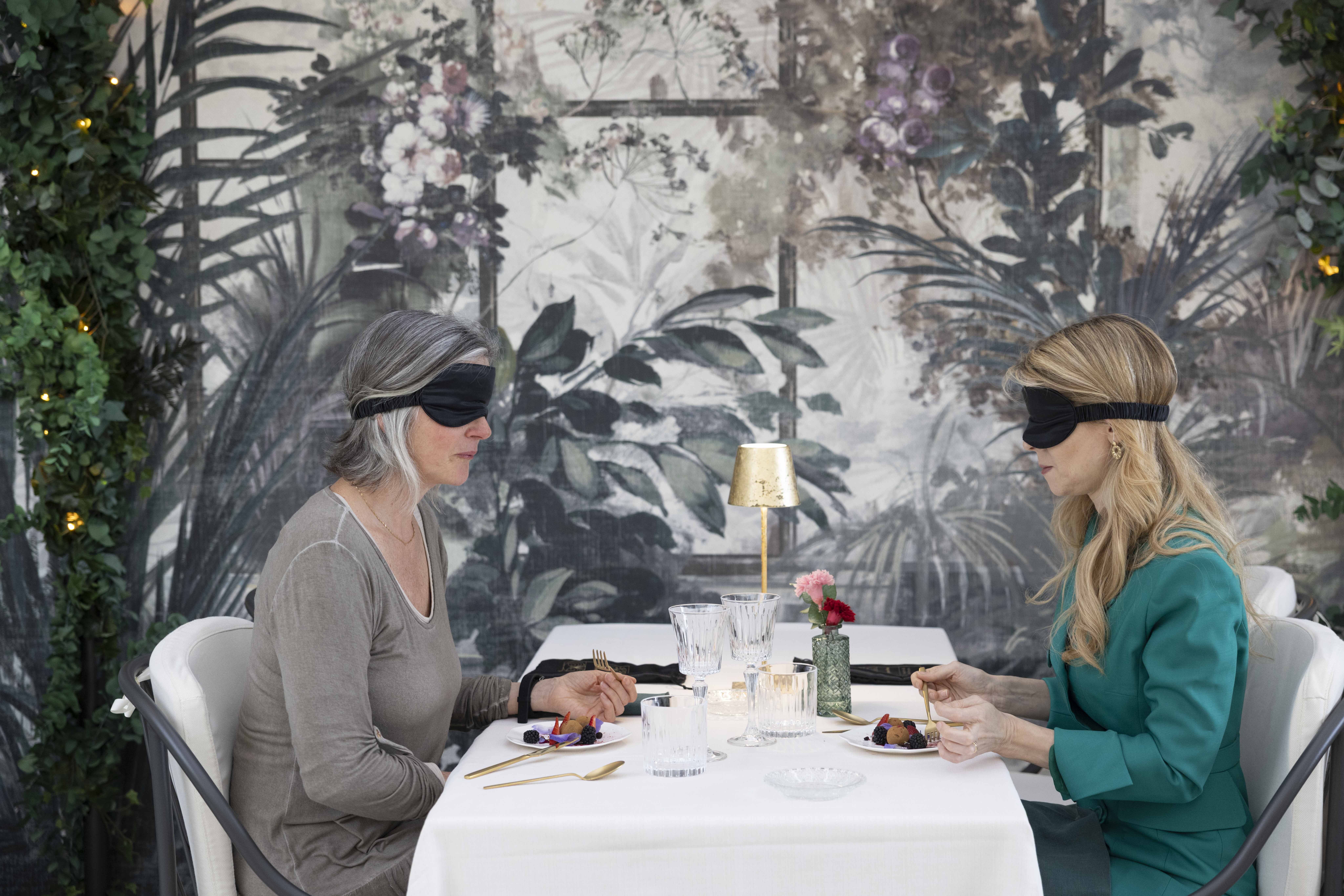
We reconvene in the doctor’s studio. Annamaria, now wearing a white coat, gives me a smart watch to determine “what kind of sleep” I achieve each night; it will monitor my activity levels. She will give me feedback at the end of the programme. She then attaches electrodes to my hands and feet for the bioimpedance test, which assesses “body composition, oxidative stress, bone density, stress level, psychophysical performance and chronotype”.
Pages of data are printed out, which I scrutinise, but cannot decipher, except to understand that by most measures I am sub-optimal. Annamaria points to the square labelled “osteopenic sarcopenia”. I think, that sounds serious.
As I climb on to the examination table, I also think that worrying about whatever this condition is will definitely wake me at 3am.
I put on headphones playing binaural beats (you listen to two different frequencies at once which, some claim, has a relaxing, meditative effect) and listen to Annamaria deliver “sleep induction training therapy” – basically, meditative thoughts to calm the mind.
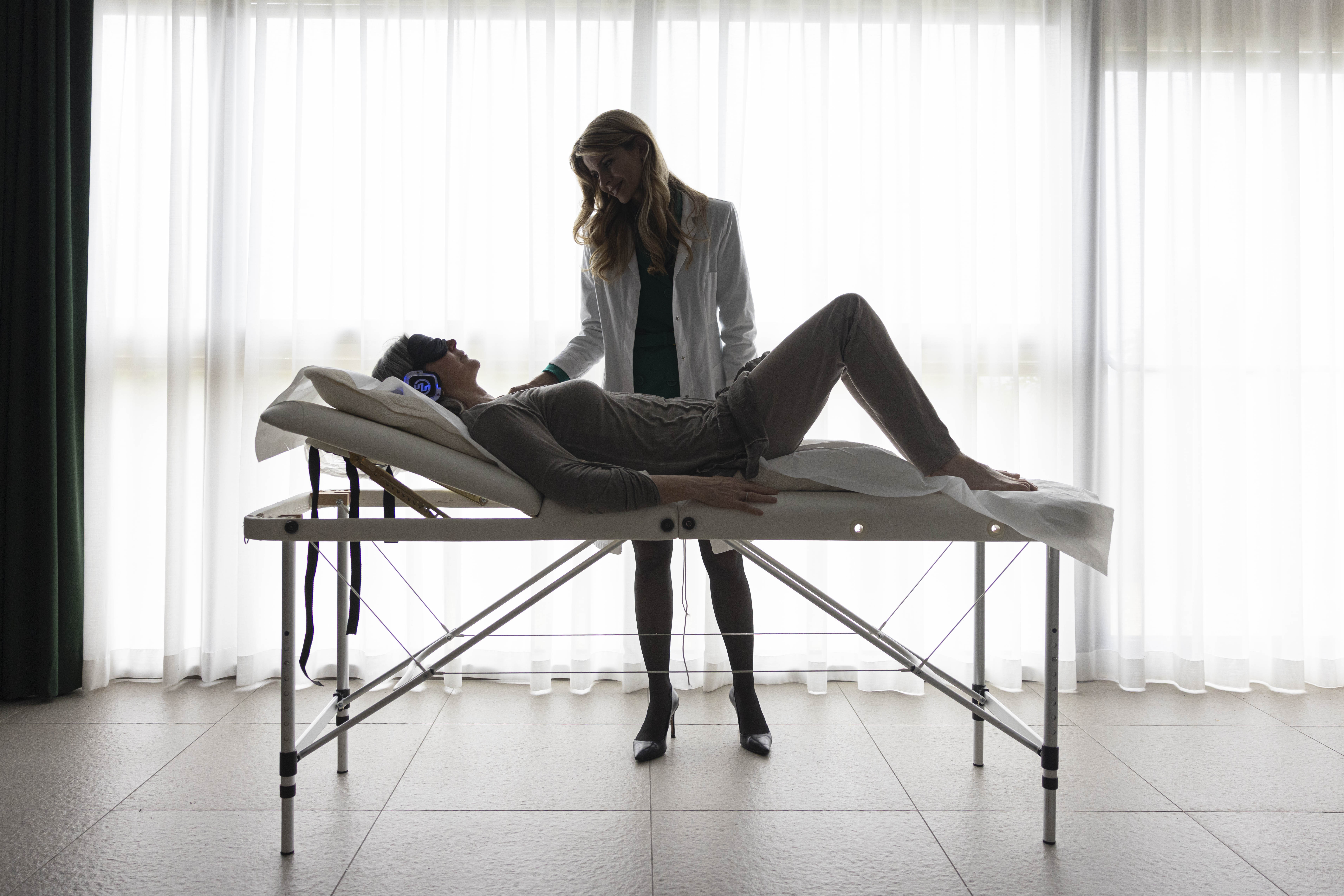
In the morning I wake up, amazed once again to see that I’ve slept another seven hours straight. I look at Annamaria in a new light as she leads me on a “biowalk” around the ornamental gardens in bright sunshine. We enter a “room” with walls of shrubbery and gaze through a “window” – a rectangular frame cut out of the bush – that looks on to a hilltop opposite. We rub herbs between our fingertips and put them to our noses, then sit on yoga mats and hold the grass.
“Plants contain phytoncides, organic compounds which defend them against decay or attack,” Annamaria explains, “and these have been shown to stimulate the immune system, decrease stress and help us sleep. The science explains why being in nature helps us to feel calm.”
Back in her studio, I tell Annamaria that the osteopenic sarcopenia result, which I now know to be low bone and muscle mass, bothers me. “I’ve got thin bones, too,” she says and I find this reassuring. “It won’t affect your longevity, you just need to be careful,” she adds. “You don’t want to produce more cortisol. With exercise, close your eyes and decide what’s right for you.” This is, in fact, just how I approach exercise these days, as I learn, through somatic training, to listen to my body.
It’s time for the tweezers next. Annamaria plucks a few hairs from my head for the epigenetic test, which looks at how genes are impacted by behaviour and environment and, by the time I head to dinner, sends me the results. I’ve had a calming “tranquillity massage” in between, but the benefits drain away as I pore over the 36 pages with numerous tables and graphs listing the multiple ways in which my life and the world I live in are bad for me – and I eat too much. A short night follows.
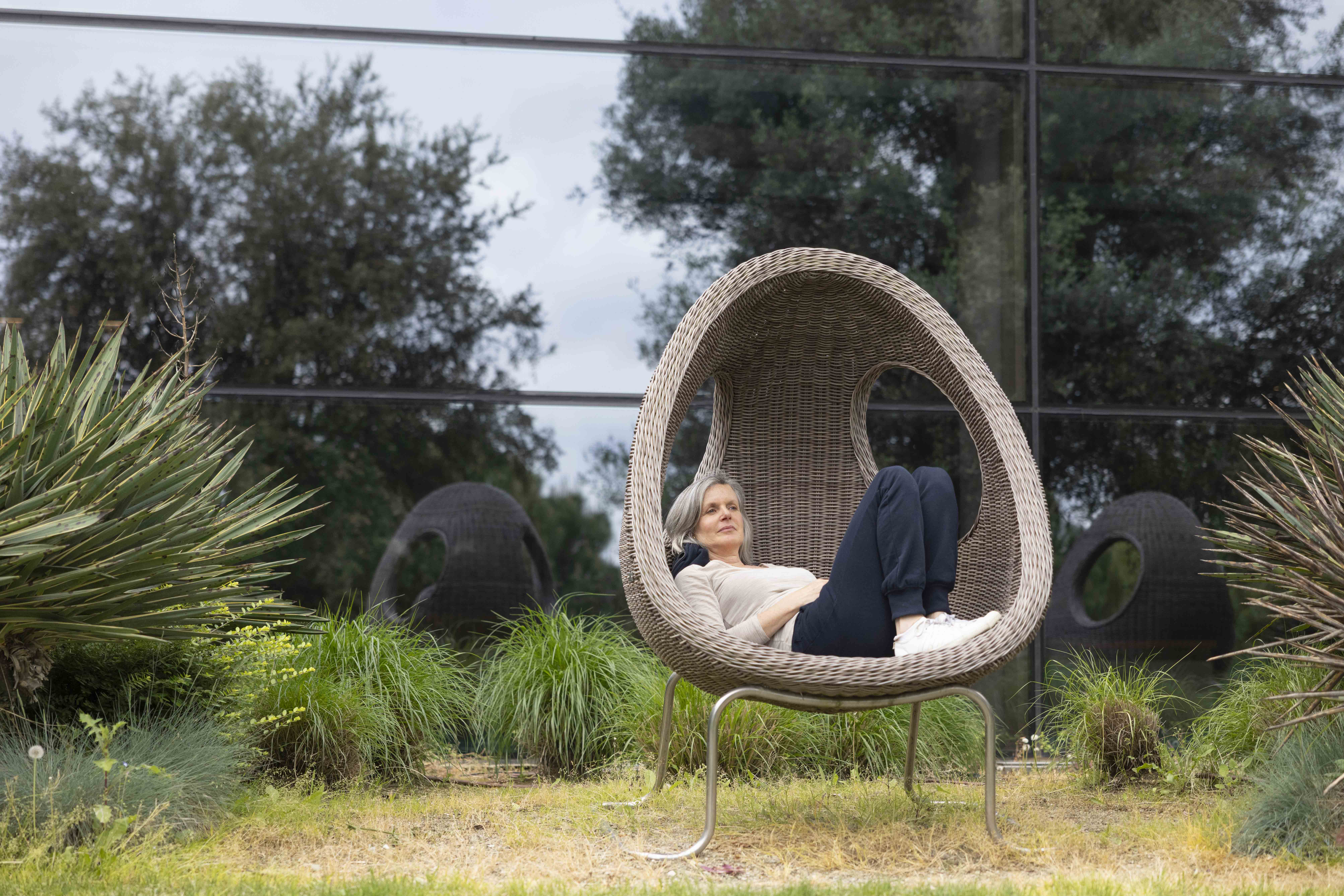
A relaxing massage using oleaster oils the next morning doesn’t stop my body from aching. I mooch around my room and balcony and go for a ride out of the grounds on one of the palazzo’s electric bikes, acres of neat vines lining the sweep of land one side, rugged and rocky hillside the other. Another wakeful night ensues, with circling thoughts about ageing and having a mind that won’t switch off. Eventually, I think, “This is just how it is. I’m an over-thinker and that’s OK.”
In the morning, Annamaria messages. She hopes I had a more peaceful sleep and am feeling better. I reply, saying that in the night, “It can seem impossible to bring my mind to heel.” She replies that “Certain traits – like waking up during the night – can, over time, become part of our nature. Instead of fighting them, we can learn to accept them and, by doing so, they no longer act against us but become our allies.” I’m struck, once again, by the synchronicity of what she is saying with the way in which – after cycling around the fear – I understand myself. She’s a scientist, first and foremost, but I trust her wellbeing skills: she has become attuned to me.
The assessment results from the smart watch show I wake up, on average, 42 times a night
Being tired, I feel delicate and, amid the manicured grounds of the palazzo and its friendly staff, I also feel the need to get away, to be in normal life, just for a while. It’s Pope Francis’s funeral and the day after Italy’s 80th Independence Day (from Mussolini). At yoga, first thing, Alfredo talks passionately about the government’s lurch to the right and with this in our minds, we travel inwards, into our bodies, towards peace. Then I get the train to Bologna and amble along the arched Via Indipendenza to the Piazza Maggiore, where I stare at photographs of Italy’s war dead.
On the last day, I am led into a room marked ars vivendi – the art of living – where I rub a scrub into my skin, then lie in a big square bath. Afterwards, I’m served tea. This is a Japanese Suntory ritual, another relaxing treatment, though in truth I could have done with something more active and wish I’d swum more in the pool. I dine with Annamaria and we talk about our families, our histories and a speech she’s due to make in New York, for which I’ve been helping her with pronunciations.
Back home, Annamaria sends me the assessment results from the smart watch, which show I wake up, on average, 42 times a night – the average for a woman of my age is three to four. I’m not aware of this, only of the nights I woke once and stayed awake. I spent that time doing breathing exercises, meditating, listening to yoga nidra recordings, anything to tune into my body rather than my mind, which means lying still. So I wonder how accurate an actigraphic device is for measuring sleep.
In the days that follow, I set about adjusting my diet so that I eat no protein in the evenings, to help with sleep and inflammation in my joints, and I engage my bulocks and ties during yoga, and I dream about Palazzo di Varignana. It was a pampering break in a gorgeous setting, but the key was that I felt listened to and that’s what made me feel cared for – a luxury in itself.
Kate Edgley attended the Deep Sleep retreat at the Palazzo di Varignana courtesy of Wellbeing Escapes. The seven-day retreat costs from £3,415 per person when sharing, or £3,770 for a single room, including full-board and return flights to Bologna (wellbeingescapes.com)
